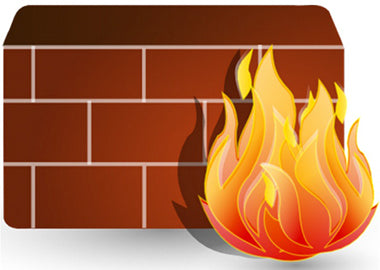
7 Ways to Protect your WiFi from Hackers
Share
Everything nowadays is prone to hacking. Things as simple as drones to things as complicated as secured government servers. That shows that the terms “hack-proof” or “unhackable” are misnomers and an attempt at salesmanship.
There really is no perfect way to prevent hackers from getting into anything used with computers, like your Wi-Fi. From a digital perspective, your Wi-Fi is like your front door. Leaving it unprotected is a lot like leaving your door open. Thankfully, there are ways to safeguard it.
1. Set up your WPA2
WPA2 is Wi-Fi Protected Access. It’s a means of securing your network designed for home users. This is the first thing that you need to do once you get a router as it gives encryption for your system.
If you’re still using an older modem, you just need to set up its WEP (Wired Equivalent Network).
2. You need a strong SSID Network Name
Never give in to laziness and leave your router’s name on default. All a hacker needs to get into your system is to find out your default SSID name. Change it into a unique name, but something that does not include personal details, like your house number, or your last name.
3. Use an even stronger password
This is the “Stairway to Heaven” of security advice. As with the name, never use passwords that are related to personal details. Go for a passphrase. The longer the password, the harder it is to figure it out. Just make sure that it’s something you can remember.
4. Firewalls
Always use firewalls. It’s the built-in protection system that makes it difficult for hackers to find it. Amazingly so, there are new routes that have stealth mode firewalls to act as some surprise for hackers thinking that your system is vulnerable and unprotected.
5. Turn off your Universal Plug and Play Protocol
The idea of the UPnP was an honest and optimistic one. It would allow easy connections with devices in the router’s area. That makes it easier for anyone to connect, including hackers. Not all routers UPnP have this issue, but it’s better safe than sorry.
6. VPNs
If protecting the data in your system is a high priority, it’s recommended to spend a little bit more to get a personalized VPN. It gives your location anonymity and even protects your firewall from network traffic (particularly DDOS attacks).
VPN’s are better than the router’s built-in remote management feature because the latter allows the interface for the configuration to be accessed online on any browser.
7. Make everyone log-in
Enabling the log-in feature gives you a report of all the times your IP was accessed or even attempts at it. It gives you dominance over your Wi-Fi network, allowing to see any suspicious activity being inside your system.
That’s a good start. Of course, you shouldn’t just concentrate on your Wi-fi. Always remember to safeguard all things involved in your system. If you feel like it might not be enough, you can also hire internet security to go over the basics and what you need.







